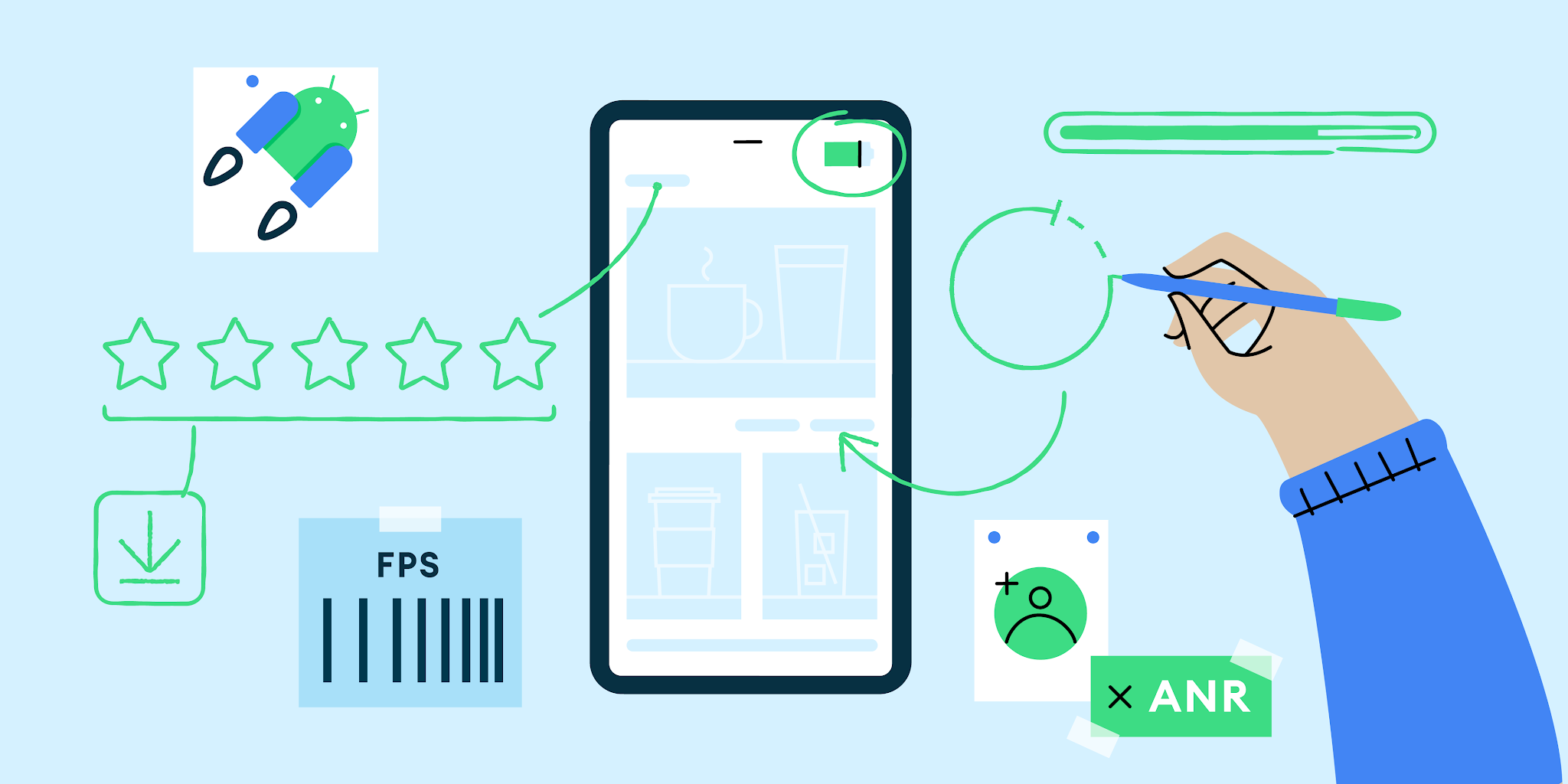Posted by Maru Ahues Bouza, Director Android Developer Relations

In our previous blog post in this series, we defined app excellence as “creating an app that provides consistent, effortless, and seamless app user experiences. It is high performing and provides a great experience, no matter the device being used.” Let’s focus on the concept of app performance — what are the features of high performing apps, and how do you achieve app excellence through strong performance?
From a user’s perspective, high-performing apps “just work.” However, the process of creating a high performing app is not always straightforward. To break things down, here are the main dimensions of high performance:
Stability
An app should be robust and reliable. It should not freeze (application not responding, or “ANR”) or crash. Before you launch your app, check out Google Play’s pre-launch report to identify potential stability issues. After deployment, pay attention to the Android Vitals page in the Google Play developer console. Specifically, ANRs are caused by threading issues. The ANR troubleshooting guide can help you diagnose and resolve any ANRs that exist in your app.
Quick loading
Imagine the first experience a user has of your app is…..waiting. At some point, they are going to get distracted or bored, and you have lost a new user. Your app should either load quickly or provide some sort of feedback onscreen such as a progress indicator. You can use data from Android vitals to quantify any issues you may have with start up times. Android vitals considers excessive start up times as:
- Cold startup takes 5 seconds or longer.
- Warm startup takes 2 seconds or longer.
- Hot startup takes 1.5 seconds or longer.
However, these are relatively conservative numbers. We recommend you aim for lower. Here are some great tips on how to test start up performance.
Fast rendering
High quality frame rendering is not just for games. Smooth visual experiences that don’t stall or act sluggish are also important for apps. At a minimum aim to render frames every 16ms to achieve 60 frames per second, but bear in mind there are devices in the market with faster refresh rates. To monitor performance as you test, use the Profile HWUI rendering option. Here are tools to help diagnose rendering issues.
Economical with battery usage
As soon as a user realizes your app is draining their battery, they are going to consider uninstalling. Your app can drain battery through stuck partial wake locks, excessive wakeups, background Wifi scans, or background network usage. Use the Android Studio energy profiler combined with planned background work, to diagnose unexpected battery use. For apps that need to execute background tasks that require a guarantee that the system will run them even if the app exits, WorkManager is a battery friendly Android Jetpack library that runs deferrable, guaranteed background work when the work’s constraints are satisfied.
Using up-to-date SDKs
For both security and performance, it’s important that any Google or third-party SDKs used are up-to-date. Improvements to these SDKs, such as stability, compatibility, or security, should be available to users in a timely manner. You are responsible for the entire code base, including any third party SDKs you may utilize. For Google SDKs, consider using SDKs powered by Google Play services, when available. These SDKs are backward compatible, receive automatic updates, reduce your app package size, and make efficient use of on-device resources.
To learn more, please visit the Android app excellence webpage, where you will find case studies, practical tips, and the opportunity to sign up for our App Excellence summit..
In our next blog posts, we will talk about seamless user experiences across devices. Sign up to the Android developer newsletter here to be notified of the next installment and get news and insights from the Android team.




